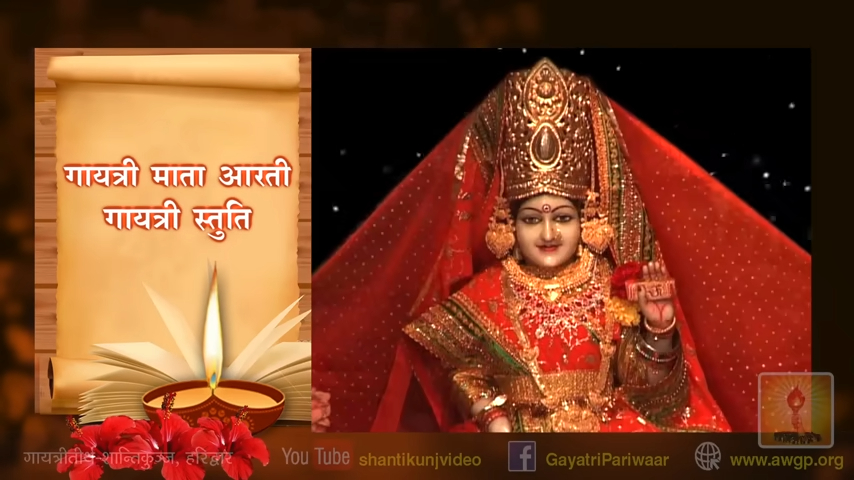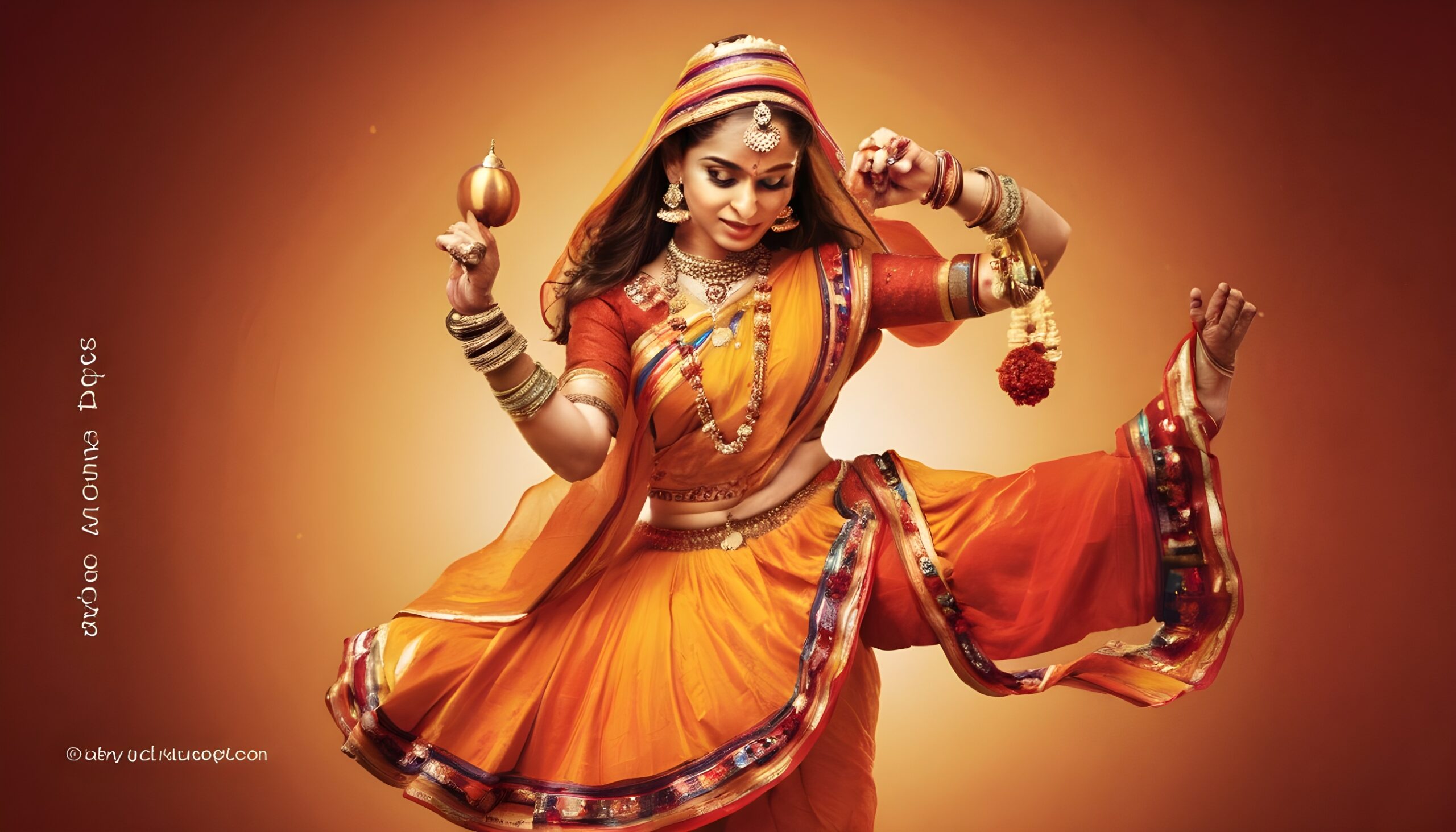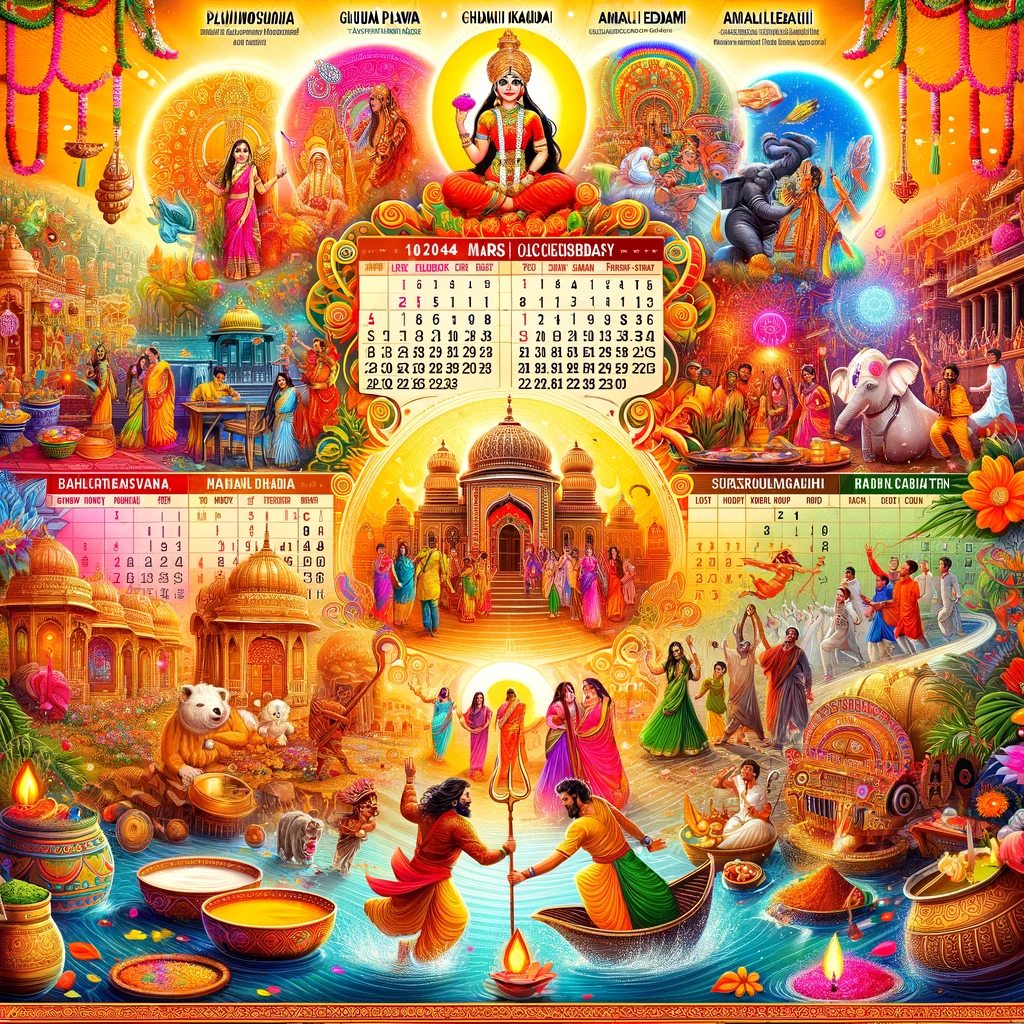
Nine days, nine forms of Navratri: Spiritual mystery of each day
Navratri, the festival of nine nights, is culturally rich and a spiritual event wherein devotion is offered to the Shakti- the goddess energy. Nine forms of The Goddess Durga are worshipped each day and as a message for mankind to showcase the triumph of the forces of good over the mischievous, unleashing thoughts that call for strength, purity, and wisdom. We should learn how each day of Navratri is meaningful and how it relates to things beyond the above. Let us have a look at various aspects, which make each day of Navratri special and why it brings about a relation to the spiritual realm.
Day 1– Shailaputri – The Goddess of Nature
This Navratri begins with the first day of worshiping the goddess called Shailaputri which means the Goddess of Nature. It is said that the first day is dedicated to praying to Goddess Shailaputri also known as the daughter of the mountains. She embodies the basil nature and also symbolizes the purity of a person. On this day the devotees concentrate on the ground level or getting in touch with the earth which means strength.
Color: Yellow associated with energy, joy and happiness.
Spiritual Significance: Shailaputri makes us think to remember our principles while confronting difficulties in life.
Day 2 – Brahmacharini– The Goddess of Penance
Second day of Navratri is dedicated to Goddess Brahmacharini. She symbolizes frugality and atonement. Her form represents worship and Offerings on a large scale along with the spiritual strength attained through rigors.
Color: Green as it denotes growth, newness, and fresh start.
Spiritual Significance: This day is all about disciplining oneself, and committing oneself towards the spiritual values in life.
Day 3– Chandraghanta– The Goddess of Courage
The third day is dedicated to worship of Goddess Chandraghanta. She is depicted as the powerful form with a crescent moon placed on her forehead. This aspect of the goddess, therefore, symbolises valor and the ability to deal with evil doers.
Color: Grey the color symbolizing strength and ability to come out victorious over challenges.
Spiritual Significance: This day makes people rise above their fears and challenges and face every adversity with courage and calmness.
Day 4– Kushmanda– The Goddess of Creation
On the fourth day, the idol of Goddess Kushmanda is worshipped as she is considered as the creator of the universe. They say that her glow was strong enough for her to bring light to the cosmos – that is how dark it was where she was from.
Color: Orange: A colour associated with heat and activity.
Spiritual Significance: This day is associated with creativity and the possibility of achieving the desired results through constructive actions and optimism.
Day 5– Skandamata – The Nurturing Goddess
The power that is worshipped on the fifth day is skandamata or the nurturing goddess.
Skandamata, the mother of Kartikeya or Skanda is worshipped on the fifth day of the festival. She is a representation of mother figure, concern and affection.
Color: White as a sign of peace or purity.
Spiritual Significance: Skandamata triggers our benevolent aspect and teaches us to cultivate love and kindness within ourselves and take towards other people.
Day 6– Katyayani – The Fight Force Goddess
The sixth day of Navratri is also called Chandra or Aishi Katyayani, where ladies worship a fiercely powerful holy goddess with six arms. She is known as the vanquisher of the demon Mahishasura and her warrior incarnation symbolises the concept of Dharma.
Color: The colour Red which symbolizes energy and action is depicted in the painting.
Spiritual Significance: Valency of purpose A Cute Character as Katyayani enlightens us about justice and the importance of standing against injustice and fighting for justice.
Day 7– Kalaratri – The Goddess of Destruction
Slaying the demon Kalasutra on the seventh day, the goddess is honoured as the destroyer.
The seventh day is dedicated to Goddess Kalaratri. To some extent it is similar to Medusa in the Greek mythology who turned people into stone or She is a fearsome form of the Durga who destroys ignorance and removes darkness. Therefore yes; even though she looks like a witch and her horns are curved in a manner that would prompt people to refer to her as a horror movie witch, she is actually a protection figure.
Color: Blue: representing determination and great power.
Spiritual Significance: Kalaratri helps us to take on the inner ignorance, fear and ego that resides in a woman.
Day 8– Mahagauri – The Goddess of Purity
On the eighth day is worship of goddess Mahagauri. Her name was a reflection of her nature and personality; it literally translated to ‘very very fair’ and depicted purity, serenity and even ‘shining ‘or ‘brightness’. She is the more gentle natured form of goddess Durga who forgives every sin.
Color: Pink the color of sympathy and unconditional love.
Spiritual Significance: Mahagauri symbolizes forgivingness and purification and enhances the feelings of purity and mental clearness.
Day 9– Siddhidatri – The Goddess of Accomplishment
On the last day of Navratri, the Goddess worshipped is Siddhidatri who helps bestow the supernatural powers or siddhis. She is our salvation, our spiritual enlightenment or even incarnation, of our divine selves.
Color: The colour purple, which represents the masses, wisdom and ambition.
Spiritual Significance: This day depicts a climax of spiritual journey in which people pray to be blessed with success, knowledge and eternal life.
Navratri is not only a festival of worshipping but also a phase of rejuvenation and transformation of oneself. The nine avatars of Durga which we worship are aspects or phases of life – power, affection, valor, enlightenment and rebirth. Thus, connecting with each form of the goddess one can develop such qualities inside oneself and that is why Navratri is the time of spiritual growth.
It means that by applying these principles in our daily life we are likely to attain a balanced, peaceful and worthy life. Therefore, as we celebrate the divine feminine energy, it is well suitable to take lessons from Navratri to encourage strength, empathy and awareness in all that we do.







